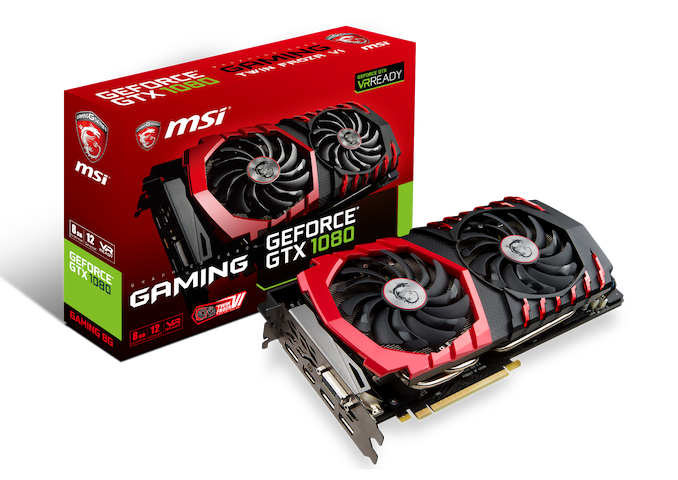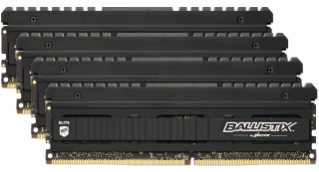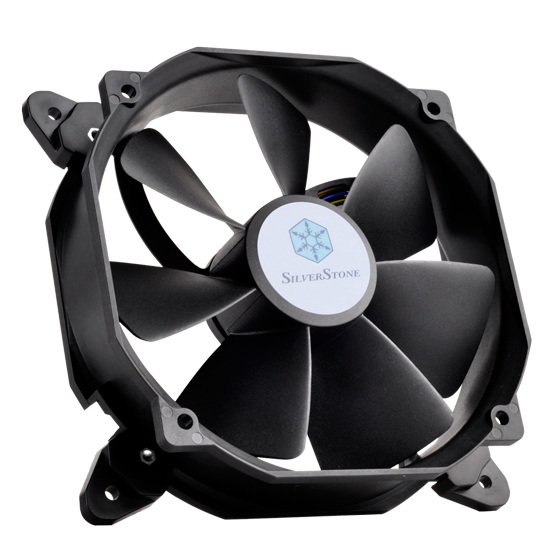The ASUS ROG Zenith II Extreme TRX40 Motherboard Review: The Second Coming
by Gavin Bonshor on December 23, 2019 9:00 AM ESTBoard Features
The ASUS ROG Zenith II Extreme is currently the companies flagship motherboard on the AMD TRX40 chipset. With an EATX frame, it comes packed with a high-end feature set which is spearheaded by its trio of networking controllers. This includes an Aquantia AQC107 10 Gigabit ethernet controller, and Intel I211-AT Gigabit Ethernet controller, as well as an Intel AX200 Wi-Fi 6 wireless interface which integrates BT 5.0 connectivity. Storage options include three PCIe 4.0 x4 M.2 slots which include integrated heatsinks, with ASUS's ROG DIMM.2 slot and module which allows users to install two more PCIe 4.0 x4 M.2 drives. Although the ROG Zenith II Extreme has eight SATA ports. only four have support for RAID 0, 1, and 10 arrays, as the other four are controlled by ASMedia SATA controllers. There are four full-length PCIe 4.0 slots that run at x16/x8/x16+x8, while the board uses eight memory slots supporting up to DDR4-4733 and up to 256 GB.
| ASUS ROG Zenith II Extreme EATX Motherboard | |||
| Warranty Period | 3 Years | ||
| Product Page | Link | ||
| Price | $850 | ||
| Size | EATX | ||
| CPU Interface | sTRX4 | ||
| Chipset | AMD TRX40 | ||
| Memory Slots (DDR4) | Eight DDR4 Supporting 256 GB Quad Channel Up to DDR4-4733 |
||
| Video Outputs | N/A | ||
| Network Connectivity | Aquantia AQC107 10 G Intel I211-AT 1 G Intel AX200 Wi-Fi 6 802.11ax |
||
| Onboard Audio | SupremeFX S1220 ESS Sabre 9018Q2C |
||
| PCIe Slots for Graphics (from CPU) | 4 x PCIe 4.0 x16 (x16/x8/x16/x8) | ||
| PCIe Slots for Other (from PCH) | N/A | ||
| Onboard SATA | Four, RAID 0/1/10 (TRX40) Four, (ASMedia) |
||
| Onboard M.2 | 3 x PCIe 4.0 x4 2 x PCIe 4.0 x4 (ROG DIMM.2) |
||
| USB 3.2 (20 Gbps) | 1 x Type-C Rear Panel | ||
| USB 3.1 (10 Gbps) | 6 x Type-A Rear Panel 1 x Type-C Rear Panel |
||
| USB 3.0 (5 Gbps) | 4 x Type-A Rear Panel 2 x Type-A Header (4 x ports) |
||
| USB 2.0 | 2 x Type-A Header (3 x ports) | ||
| Power Connectors | 1 x 24-pin ATX 2 x 8pin CPU 1 x 6pin CPU |
||
| Fan Headers | 1 x CPU (4-pin) 1 x Water Pump (4-pin) 3 x System (4-pin) |
||
| IO Panel | 6 x USB 3.1 G2 Type-A 4 x USB 3.1 G2 Type-A 1 x USB 3.2 G2 Type-C 1 x USB 3.1 G2 Type-C 1 x Network RJ45 10 G (Aquantia) 1 x Network RJ45 1 G (Intel) 5 x 3.5mm Audio Jacks (SupremeFX) 1 x S/PDIF Output (SupremeFX) 2 x Intel AX200 Antenna Ports 1 x USB BIOS Flashback Button 1 x Reset CMOS Button |
||
As AMD's TRX40 chipset features more native support for USB 3.1 G2 connectivity, ASUS as tried to utilize as much as possible with six USB 3.1 G2 Type-A, and one USB 3.1 G2 Type-C port on the rear panel. An ASMedia ASM2342 USB controller powers the single 20 Gbps USB 3.2 G2 Type-C port. There is also four USB 3.1 ports G1 Type-A ports, with up to four additional ports via two USB 3.1 headers. Due to the target market of the top ASUS ROG motherboards, it is overclocking friendly by default and offers more extreme users access to a wide range of overclocking variables through the LN2 mode jumper. Also present is an overclocker's toolkit which includes a power button, a reset button, and RSVD switch, a safe boot button, and seven probelt measurement points. The LiveDash 2 OLED 1.77'' screen during POST acts as a debugger and can be set to display different variables through the software including CPU usage, and temperature.
Test Bed
As per our testing policy, we take a high-end CPU suitable for the motherboard that was released during the socket’s initial launch and equip the system with a suitable amount of memory running at the processor maximum supported frequency. This is also typically run at JEDEC subtimings where possible. It is noted that some users are not keen on this policy, stating that sometimes the maximum supported frequency is quite low, or faster memory is available at a similar price, or that the JEDEC speeds can be prohibitive for performance. While these comments make sense, ultimately very few users apply memory profiles (either XMP or other) as they require interaction with the BIOS, and most users will fall back on JEDEC supported speeds - this includes home users as well as industry who might want to shave off a cent or two from the cost or stay within the margins set by the manufacturer. Where possible, we will extend out testing to include faster memory modules either at the same time as the review or a later date.
While we have been able to measure audio performance from previous Z370 motherboards, the task has been made even harder with the roll-out of the Z390 chipset and none of the boards tested so far has played ball. It seems all USB support for Windows 7 is now extinct so until we can find a reliable way of measuring audio performance on Windows 10 or until a workaround can be found, audio testing will have to be done at a later date.
| Test Setup | |||
| Processor | AMD Ryzen Threadripper 3970X, 280W, $1999 32 Cores, 64 Threads, 3.7 GHz (4.5 GHz Turbo) |
||
| Motherboard | ASUS ROG Zenith II Extreme (BIOS 0602 - PI1.0.0.2) | ||
| Cooling | Thermaltake Floe Riing RGB 360 | ||
| Power Supply | Thermaltake Toughpower Grand 1200W Gold PSU | ||
| Memory | Corsair Dominator Platinum RGB 4x8 GB DDR4-3200 | ||
| Video Card | MSI GTX 1080 Gaming 8G | ||
| Hard Drive | Crucial MX300 1TB | ||
| Case | Open Benchtable BC1.1 (Silver) | ||
| Operating System | Windows 10 1909 | ||
Readers of our motherboard review section will have noted the trend in modern motherboards to implement a form of MultiCore Enhancement / Acceleration / Turbo (read our report here) on their motherboards. This does several things, including better benchmark results at stock settings (not entirely needed if overclocking is an end-user goal) at the expense of heat and temperature. It also gives, in essence, an automatic overclock which may be against what the user wants. Our testing methodology is ‘out-of-the-box’, with the latest public BIOS installed and XMP enabled, and thus subject to the whims of this feature. It is ultimately up to the motherboard manufacturer to take this risk – and manufacturers taking risks in the setup is something they do on every product (think C-state settings, USB priority, DPC Latency / monitoring priority, overriding memory sub-timings at JEDEC). Processor speed change is part of that risk, and ultimately if no overclocking is planned, some motherboards will affect how fast that shiny new processor goes and can be an important factor in the system build.


















22 Comments
View All Comments
mark625 - Monday, December 23, 2019 - link
"The ASUS ROG Zenith II Extreme is the predecessor of the previous generation of X399"Shouldn't it be the successor, and not the predecessor? Unless it also has a flux capacitor in there somewhere....
The_Assimilator - Tuesday, December 24, 2019 - link
It should be, but AnandTech should also do basic proofreading, and we know how that goes.Korguz - Tuesday, December 24, 2019 - link
then feel free to go some where else if it bothers you that much.flyingpants265 - Monday, January 6, 2020 - link
I guess we should never, ever, ever complain about anything, then.tech6 - Monday, December 23, 2019 - link
Why use the "Republic Of Gamers" moniker on something that clearly is not designed for gaming?Xyler94 - Monday, December 23, 2019 - link
ROG typically is for Asus's top end consumer products. Yes, I agree they should probably use something else for these super CPUs, but everyone knows Republic of Gamers as being top tier, so Asus... probably to save marketing costs, just use it.Slash3 - Monday, December 23, 2019 - link
The board also features a full assortment of overclocking options in the BIOS in addition to features such as dual BIOS, on-board power, reset, CMOS clear and safe boot buttons, RGB controls and good VRM cooling and componentry, etc. It's capable of gaming as well as workstation tasks, in keeping with the Threadripper's strange origins as a side project for power users.eek2121 - Monday, December 23, 2019 - link
People said that about the 1950X as well. Yet I game at 4k60 all day long (when I'm not doing other stuff that I purchased the processor for).zorxd - Monday, December 23, 2019 - link
it works just fine, but you just don't get as much performance as with a much cheaper CPU with less cores but higher frequency (better performance with 8 or less threads)GreenReaper - Monday, December 23, 2019 - link
Hoping to benefit from the goodwill associated with the Republic in Star Wars?